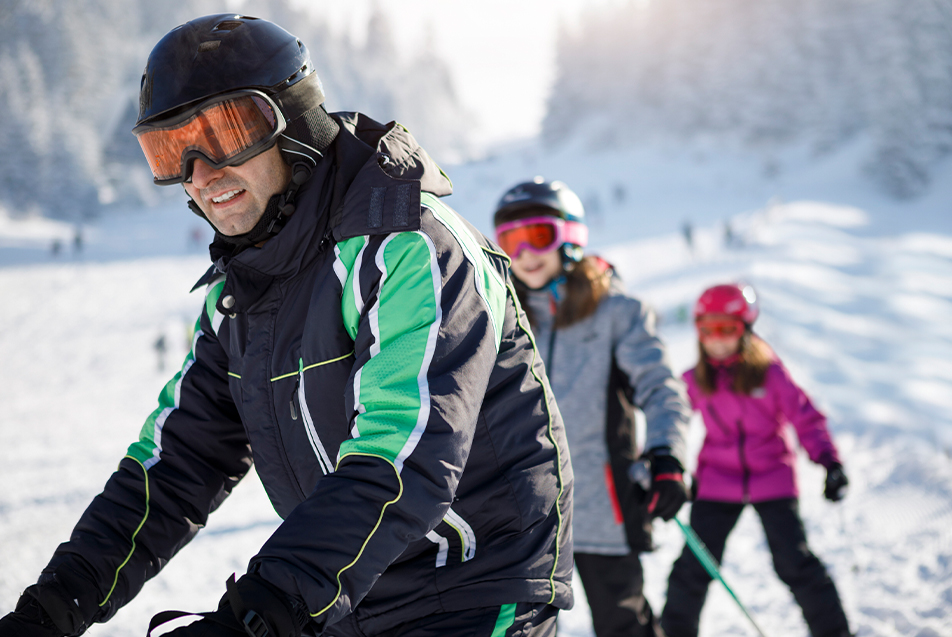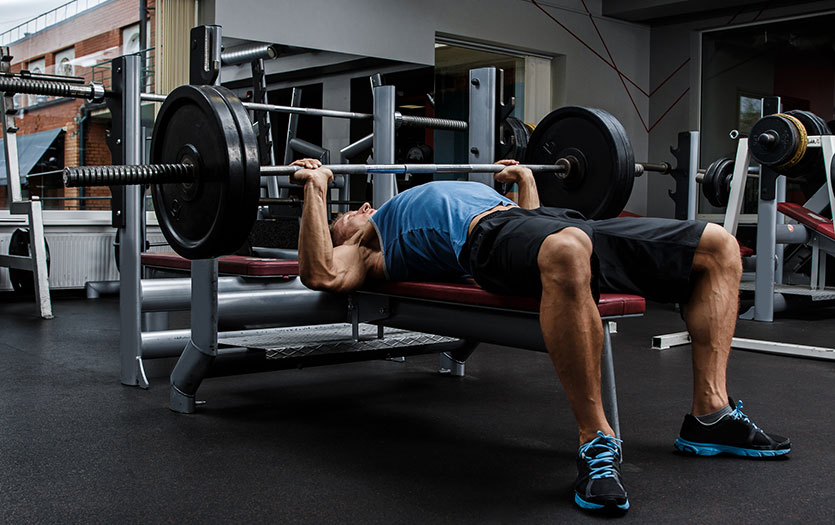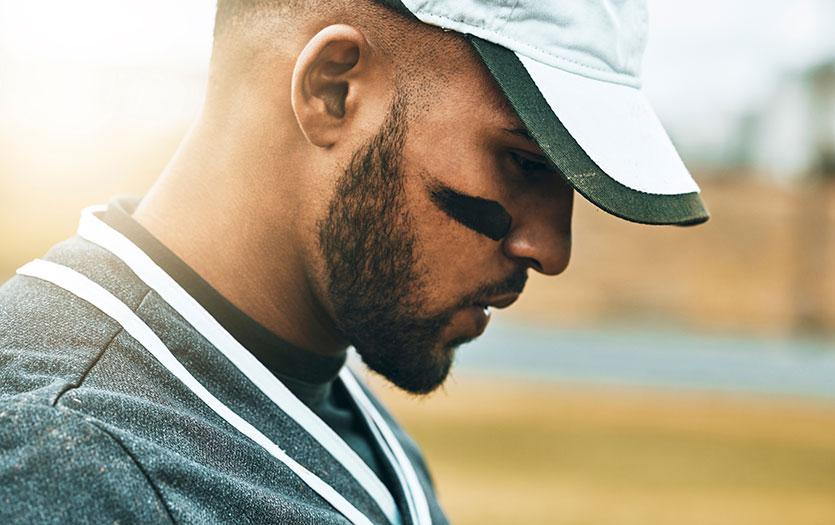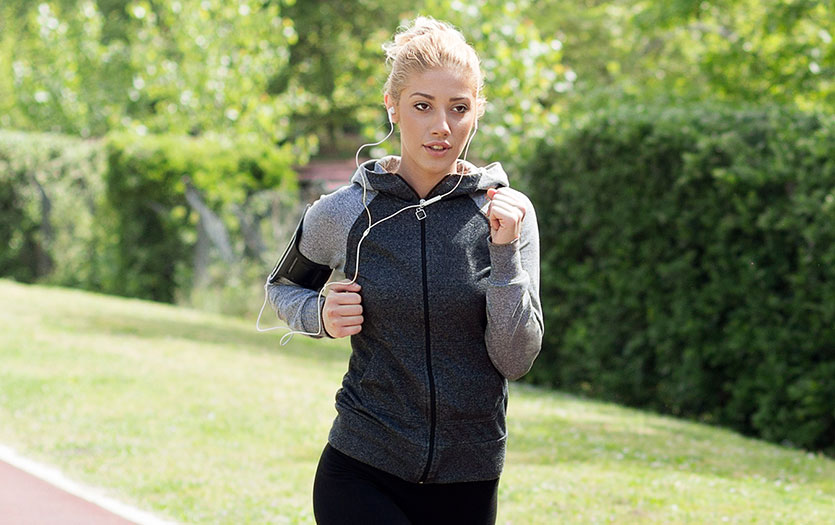
The winter season gives us some unique outdoor recreation opportunities like skiing, snowboarding, hockey and ice skating. While these sports are a blast to participate in, there is an inherent risk of head injury. Jason Frampton, MD, PPG – Sports Medicine, holds a weekly concussion clinic at Parkview Ortho Express and is an expert on concussion treatment. We asked him to provide some insight into how we can recognize, prevent and treat concussions in winter sports.
How prevalent are concussions in winter sports like skiing, snowboarding and hockey?
Research shows that concussions are relatively uncommon in skiing and snowboarding, but a few trends stand out. One is that concussions are significantly more common in kids and young adults but higher in males. There are many risk factors, including decision-making ability, willingness to take risks and overall ability, that play into this trend.
Also, concussions are much more prevalent in hockey because it’s a contact sport. Research from the NCAA indicates that there are 2-2.5 concussions per 1,000 athlete exposures in hockey, which is nearly on par with three concussions per 1,000 exposures they’ve seen in football.
What causes concussions in these sports?
In skiing and snowboarding, falling is the main reason concussions occur. There are many different skiing and snowboarding terrain, from groomed hills and trails to terrain parks that may have jumps, moguls, rails, half-pipes and more. Each of these environments presents different levels of difficulty and fall risks.
In hockey, concussions have been studied enough to identify the types of plays that often lead to concussions. This injury is most likely to occur to players who don’t have the puck or have just released it and have their attention elsewhere. They’re also common when players get checked, either with body contact or board contact. Interestingly, concussions are also more common in the second and third periods, when intensity ramps up and fatigue sets in.
How effective are helmets in reducing concussions while skiing or snowboarding?
Most studies have shown that wearing a helmet significantly reduces the severity of concussions, anywhere from 20-60%. Evidence also indicates that skiers and snowboarders that choose to wear helmets may be more conservative decision-makers and take fewer risks while on the slopes. The bottom line? If you’re wondering whether or not to take your helmet with you the next time you go skiing or snowboarding, do it! Wearing a helmet and skiing or snowboarding within your limits are the two most significant factors in preventing concussions in these sports.
What are some ways to reduce concussions in hockey?
Hockey players already wear heavy padding and helmets, but one of the most significant ways to prevent concussions while playing hockey is to outlaw body checking in youth leagues. Studies have shown that the risk of concussion is four times lower in leagues that don’t allow body checking than in ones that do. Limiting the amount of body contact at these ages has a significant impact on concussion safety. Fortunately, these measures are being adopted throughout many youth leagues. Many organizations have also implemented specific training regimens to reduce athlete fatigue, improve anticipation and strengthen neck muscles, limiting an athlete’s concussion risk.



